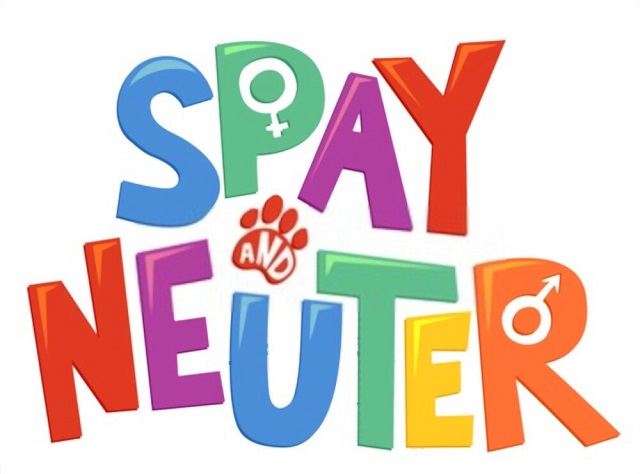Conjunctivitis, also known as pink eye, is an inflammation of the (yep, you guessed it) conjunctiva. In dogs as well as humans, this condition can cause a lot of discomfort and irritation in the eye, as well as could be a sign of a systemic infection.
Conjunctivitis is caused by a bacterial or viral infection, acquired through direct contact of the eye with the pathogen. Keep an eye out when taking your dog for a walk. Make sure they don’t expose themselves to dirty objects on the ground while playing and sniffing around. While the natural defense mechanisms of our canine friends are often enough to prevent an infection from occurring, it’s a good idea to carry around antibacterial pet wet wipes and clean your doggo’s face when he gets a little too caught up in play. If your dog hasn’t been rolling around in some suspicious substances and seems to have contracted a pink eye out of the blue, this might be a sign of a systemic eye infection. If this is the case, do not hesitate to go to the vet for a check-up.
A pink eye is an irritated eye. Apart from the apparent change in color, when a dog has conjunctivitis, the eye could become swollen, warmer than the rest of the face and painful. As a result, the dog becomes agitated. It may begin to act out by barking, running around or whimpering. The irritation can cause it to start trying to scratch its eye with a paw. It may lose appetite and eventually may start laying around, tired and gloomy.
If left unchecked, the infection could spread to the brain or lungs and cause serious damage. The symptoms of an advanced process could include vomiting, disorientation and very high body temperature in response to the illness.
Treatment is simple when the disease has been caught in time. The eye is cleaned from any debris and gently rinsed. Afterward, some medications may be applied to soothe the inflamed tissue – a cooling and protective gel to help things get back to normal. If the doctor decides it’s necessary, he may prescribe antibiotic treatment for a couple of days. When all is said and done, Mr. Dog becomes good as new and is ready to do dog things again.
Congratulations, now you know how to spot conjunctivitis and what to do about it, should your dog ever happen to get it.




